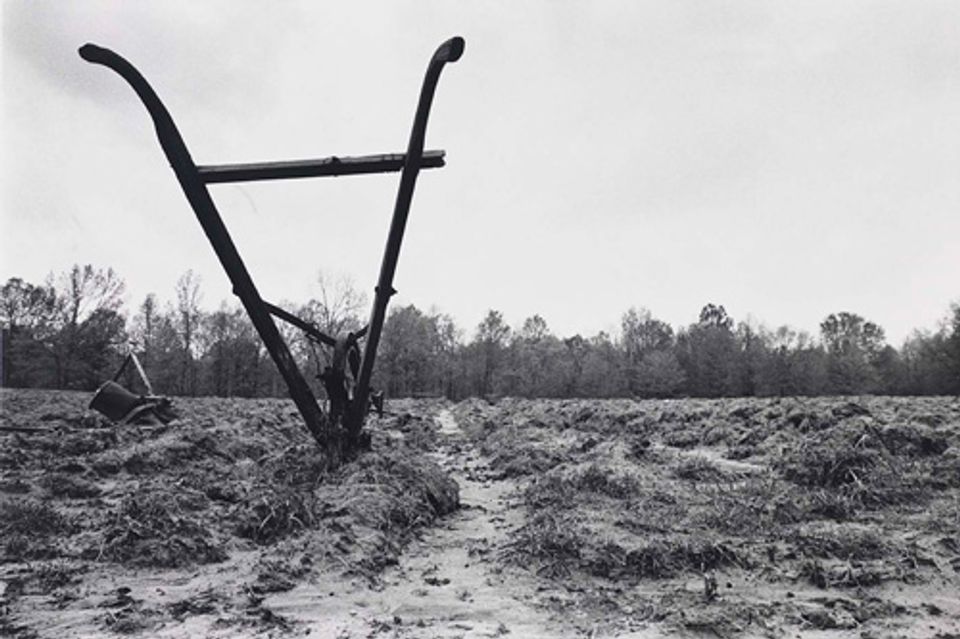
Roland L. Freeman
born Baltimore, MD 1936
Horse-drawn Cultivator. Mississippi, 1974 from the series Southern Roads/City Pavements
1974, printed 1982
gelatin silver print
sheet: 11 1/8 x 14 in.
Smithsonian American Art Museum
Gift of George H. Dalsheimer
©1974 Roland L. Freeman
Sometimes humorous, always warm, each photograph by Freeman represents more than the instant it captures. For example, emerging from the woods in search of basket maker Lee Willie Nabors, Freeman came upon a horse-drawn cultivator in a fallow field that Nabors farmed. Silhouetted against the sky, the implement becomes an emblem for the spirit of creativity that even the hard life of the rural farmer cannot stifle. Freeman's photographs tell of African American heritage and folklore and of people for whom the past continues to resonate. They are also the story of Freeman's life, the people he cares about, and the commitments he believes in.
- Description
This activity uses a Jigsaw structure, requiring that students have access to a set of oral histories from the same time and place documented in the NEA photographic survey of your choosing. If an NEA photographic survey was not conducted in your area, consider using a survey from a neighboring area or one whose influence you feel in your own area.
- Grade
- 6-12
- Duration
90 minutes













